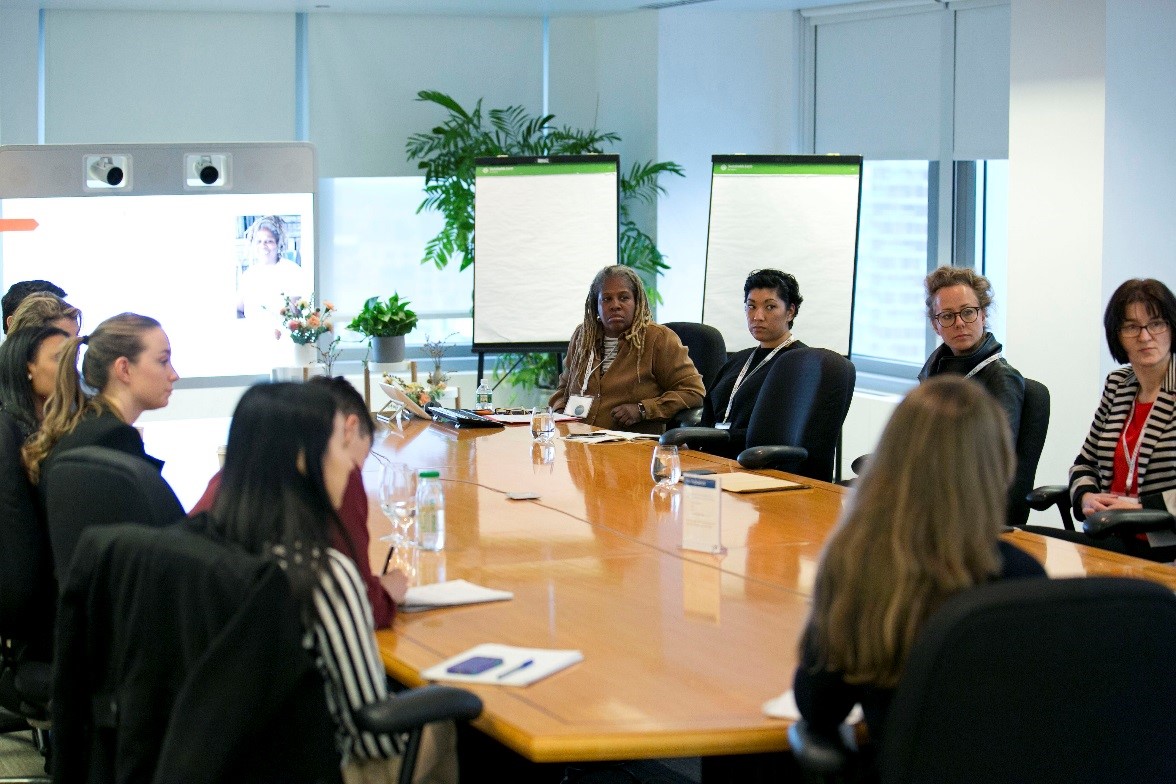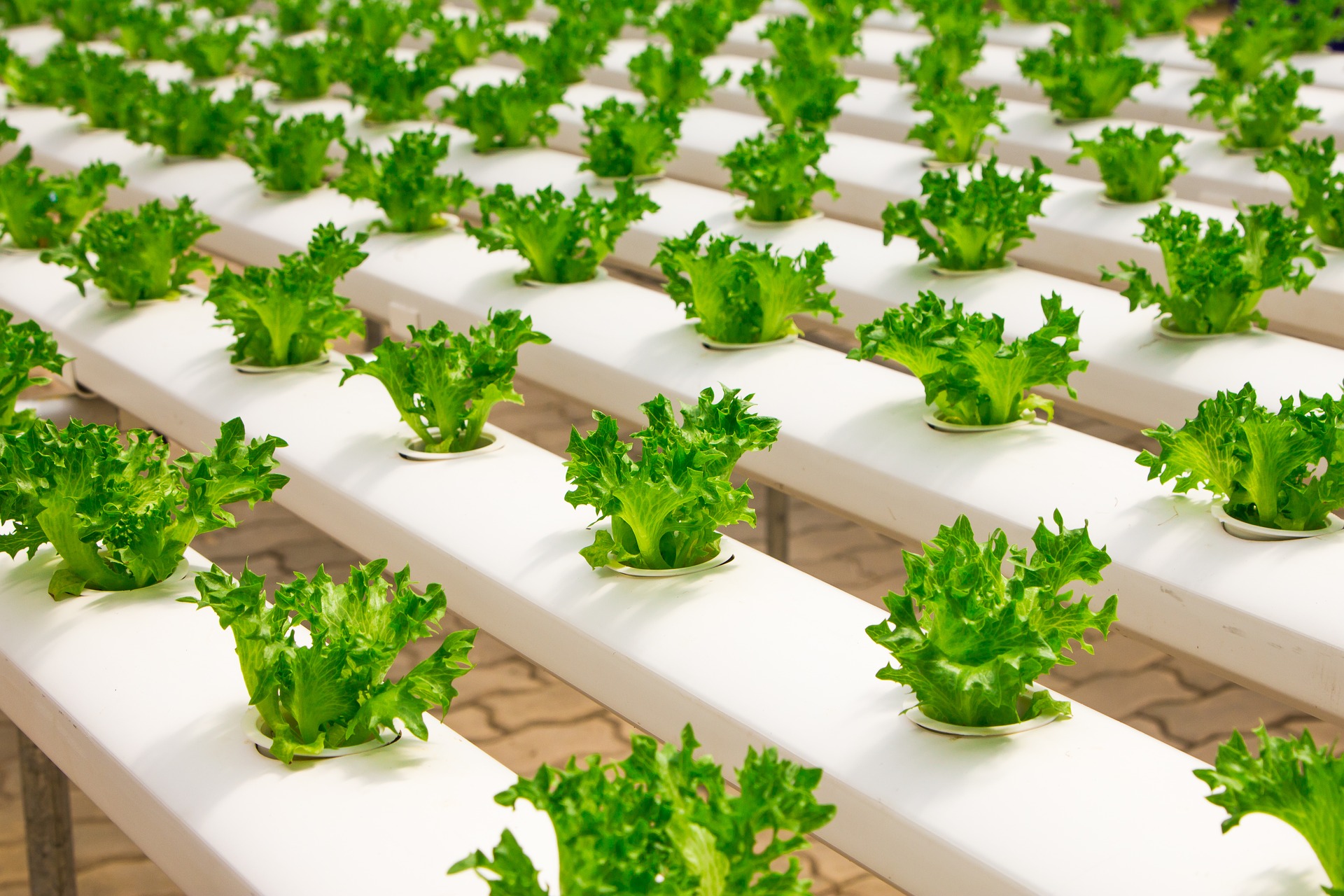What role can technology play in food justice? This was the focus of the workshop led by Karen Washington, founder of Rise & Root Farm on November 7th 2017 at the Sustainology Summit. The summit, hosted by the Swedish-American Chamber of Commerce in New York, gathered food tech leaders and food innovators from Sweden and the U.S. to discuss food systems in their countries and how technology can be utilized to tackle and solve the crucial issue of food sustainability.
Before starting the discussion on the role of technology, Washington presented a thought-provoking question to the audience that illustrated the harsh reality of our current food system: why do we have hunger and poverty in the U.S. if we have such advanced technologies that can grow enough food to feed the population? The answer is certainly complex and multifaceted, as there are many contributing factors that cause this problem. Thus, Washington emphasized that the power to utilize technology to bring about change should be used to ensure that it promotes food access and food sovereignty, especially in lower income communities and with people of color. Below are some of the concepts and strategies explored in the workshop.

Photo taken by Sustainology Summit
ACCESS TO TECHNOLOGY
Innovative agricultural technologies are expensive, which cause many farmers, particularly those working on small farms to lack what is needed to purchase the new machineries or products. Thus, new technologies should be introduced in ways that promote universal access. For example, an app to encourage healthy eating for those in underserved communities would only be beneficial if residents have smartphones and internet connection that enable them to use the app. An advocacy strategy to increase the affordability and accessibility of broadband internet for people in these areas could contribute to wider access.
POSITIVE AND NEGATIVE EFFECTS OF TECHNOLOGY
Technology can contribute to food justice if it demonstrates effectiveness, efficiency, transparency, and waste reduction. On the other hand, technology may reduce the need for labor and traditional farms. This negative effect can be minimized by sharing resources and implementing agricultural-related policies that will allow all farms to benefit from new technologies.
IMPACT TO COMMUNITIES
Sometimes underserved communities resist the changes brought about by new technologies based on past experiences with the downside of innovation. Excluding the voices of the people who will be affected by the technology from the its design and implementation of the increases the risk of resistance. To avoid this scenario, technology designers can identify in advance the potential for exacerbating racial/ethnic inequities and include residents of communities of color in the design and launch of new technologies.
Similarly, the growth in urban agriculture tools that utilize innovative technologies to grow food in ways that reduce the amount of labor needed or help to address operational challenges may create new challenges for farmers and farm workers. Those working on traditional soil farms are concerned that the increased attention and investment in new farming approaches such as vertical, hydroponics, or aeroponics may contribute to the neglect of traditional farms, already threatened by land grabbing and high operating costs.
“People are afraid of losing who they are due to technology. Farming is a way of life,” Washington said. “To some people, working directly with the land to grow food is meaningful to them. Being able to grow food themselves that are culturally appropriate, not for profit, is the way their lives are fulfilling and enjoyable. But, often there is this assumption that they need technology because it is helpful to them.”
WHAT IS YOUR RESPONSIBILITY IN THIS FOOD SYSTEM?
The workshop ended with a challenge to participants to change how they perceive underserved communities and to think beyond simple assessments of their weaknesses and needs and more towards their strengths and resiliency. To successfully implement tech solutions in low income areas, companies should lay to the strengths and assets of the communities, rather than focus on identifying problems they think only outsiders can fix. Meaningful solutions avoid marginalizing low income people and communities of color.
RESOURCES
- Visit and/or volunteer with Rise and Root Farm
- Information on food justice advocacy from Just Food
By Helen Cheng, Dietetic Intern, CUNY Graduate School of Public Health and Health Policy
